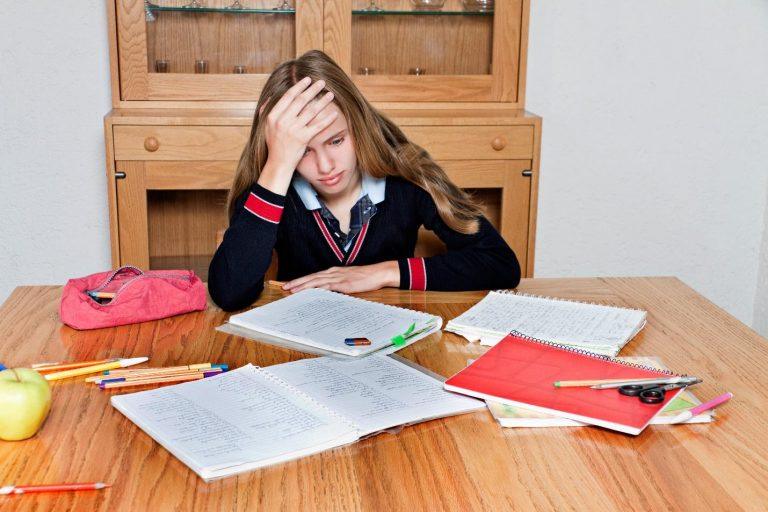Everyone has a preferred learning style, which means they grasp information more easily when it is presented in a particular way. The most common learning styles include visual (learning through seeing), auditory (listening and responding), kinesthetic (hands-on learning), and reading/writing.
Visual learners retain information more effectively through the use of visual aids such as diagrams and graphs. Fortunately, schools are doing more to cater to the diverse needs of students by incorporating a range of strategies and offering more self-directed learning.
There are also many study techniques visual learners can use at home to enhance memory. Here are some of the best strategies to help visual learners retain information.
Design an Appealing Study Space
Your study area might not seem very important when it comes to learning, but for visual learners, an appealing space can make a big difference. You will be much more motivated to study in an area that is attractive and makes you feel good.
You don’t need a whole room to create your own special space; a desk with items that are significant to you, plants, some pictures, or even diagrams on the wall can make a difference. Some people like motivational quotes. Whatever works for you, creating a space that is visually stimulating can help boost your productivity and focus.
Create a Colour Coding System
This is another simple technique that can be highly effective. Rather than simply reading back over your notes, try using different colours to code important information. You can do this in class with different coloured pens or create index cards.
Developing a color-coded filing system for your work allows you to easily identify worksheets, notes, and subjects. A color-coded study schedule can also appeal to your dominant sense and help you feel more organised and in control.
Make Your Own Graphic Representations
It can be difficult to retain concepts simply by reading over notes, particularly for a visual learner who thinks in pictures. Creating your own visual representations is an ideal way to cement concepts in your mind.
Graphic representations serve as a visual shorthand that is meaningful to you. It’s helpful to add images, charts and graphs to index or flashcards. Using these visuals in conjunction with your notes is not only helpful but also adds an element of fun to your study routine.
Seek Out Quality Educational Videos
Videos are an excellent learning tool for visual learners because they combine visual and auditory elements to enhance understanding. There are a wide range of educational videos available on every topic, but they are not all of high quality.
It’s important to find videos that are engaging, informative, and well-produced. Ask your teachers or tutor for recommendations to ensure you are watching high-quality content that can help you better understand complex subjects.
Make Use of Digital Tools
Digital tools such as online whiteboards and interactive diagrams are excellent for visual learners. These tools allow you to manipulate information visually, making it easier to grasp and remember.
There are also numerous apps available that cater specifically to visual learners, providing interactive and engaging ways to study. Utilising these digital tools can make learning more dynamic and tailored to your visual learning style.
The Tutor Doctor Difference
Tutoring is beneficial for all learning styles, whether you are a visual, auditory, kinesthetic, or reading/writing learner. At Tutor Doctor, we work with our students to identify their unique learning needs and come up with a personalised plan that suits their preferred learning style.
A one-size-fits-all approach is not the most effective way to learn, which is why our tutors have the flexibility to incorporate various techniques and tools depending on each student’s learning style.
Contact us for a free consultation.




